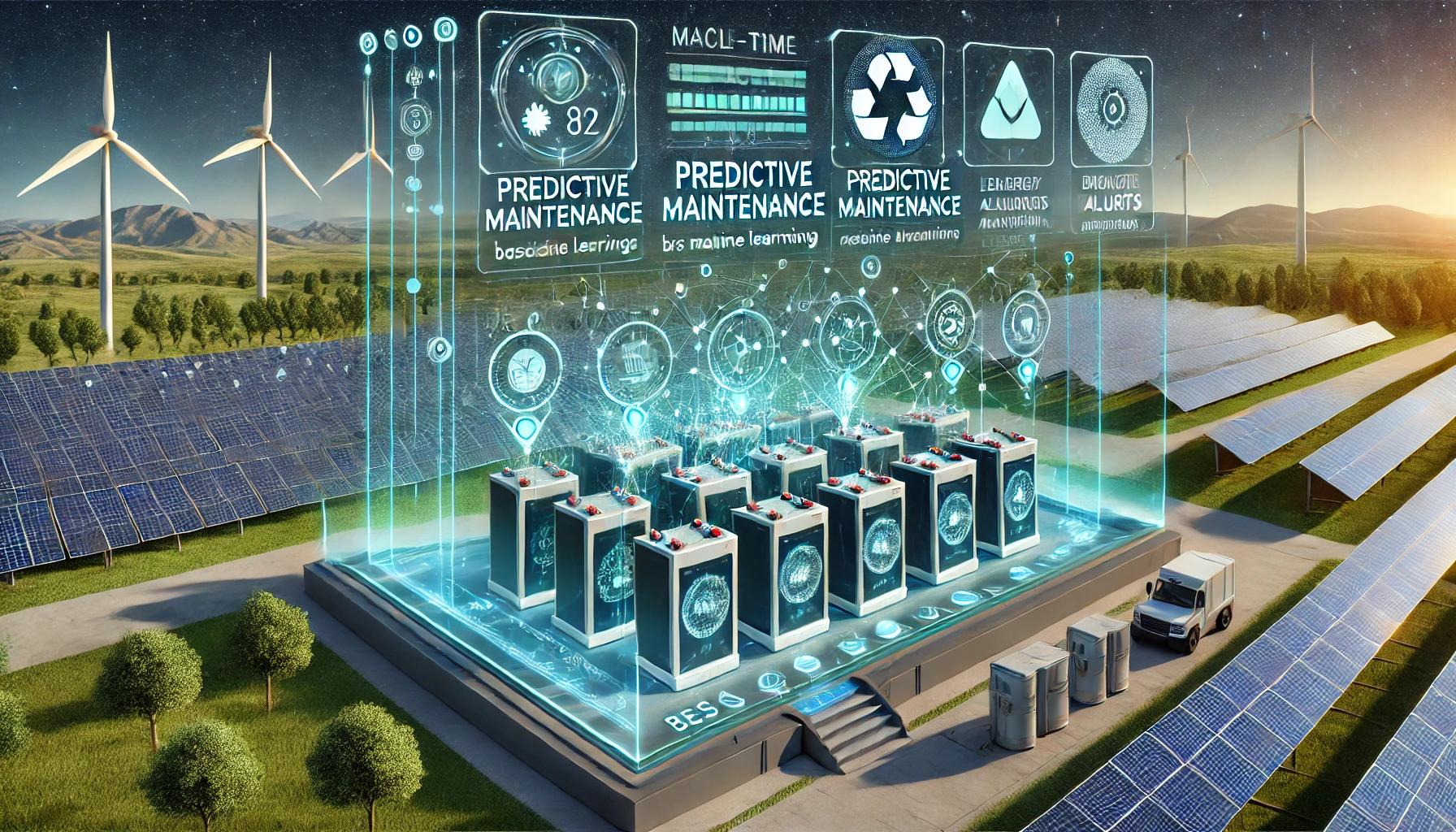Introduction to Battery Energy Storage Systems
In the quest to create a more sustainable and resilient energy system, Battery Energy Storage Systems (BESS) are rapidly becoming a critical component of modern energy infrastructure. As renewable energy sources like wind and solar become more prevalent, the need for efficient energy storage solutions to manage intermittency, balance supply and demand, and stabilize the grid has become urgent. However, the deployment of BESS is complex and requires thorough planning, particularly when it comes to selecting optimal locations for installation and operational management.
This is where Geographic Information Systems (GIS) and Machine Learning (ML) come into play. GIS is a tool that provides comprehensive spatial analysis, while ML offers predictive analytics capabilities. When combined, they create a powerful framework for planning, managing, and optimizing BESS projects. This article explores the applications of GIS and ML in the context of BESS, providing insights into how these technologies are transforming the energy landscape.
Geographic Information Systems (GIS) in BESS
GIS is an invaluable tool for mapping, analyzing, and managing spatial data. For BESS projects, GIS plays a critical role in site selection, environmental impact assessments, infrastructure planning, and grid integration. By visualizing geographical features and integrating multiple layers of data, GIS provides energy planners with the ability to make informed decisions about where and how to deploy energy storage systems.
1. Site Selection for BESS
One of the most significant applications of GIS in BESS deployment is the identification of optimal sites. When choosing a location for a BESS, several factors must be considered, including proximity to renewable energy sources, proximity to the grid, land use, environmental impact, and logistics. GIS allows stakeholders to overlay various data sets—such as solar radiation maps, wind resource maps, grid infrastructure, and land use patterns—to pinpoint ideal locations for BESS.
Key Factors in Site Selection:
Renewable Energy Availability: The primary function of BESS is to store excess energy generated by renewable sources like solar and wind. GIS can map regions with high renewable energy potential, allowing for the strategic placement of BESS near renewable energy facilities.
Grid Infrastructure: BESS must be located near existing grid infrastructure to efficiently deliver stored energy back into the grid. GIS tools can help identify sites that are within close proximity to transmission lines, substations, and load centers.
Environmental and Zoning Considerations: GIS can assess environmental impacts by integrating data on protected areas, wetlands, wildlife habitats, and water bodies. It also helps energy planners navigate zoning regulations, ensuring that BESS is placed in areas that comply with local laws and land-use policies.
Topography and Accessibility: GIS enables the evaluation of a site’s physical characteristics, including elevation, slope, and proximity to transportation networks. This information is crucial in avoiding locations prone to natural hazards like flooding or landslides and ensuring the site is logistically accessible.
2. Environmental Impact Assessments
Before deploying BESS, it is essential to assess the potential environmental impact of the project. GIS offers tools that can evaluate how a project may affect the local environment by mapping sensitive ecological areas, tracking land-use changes, and monitoring proximity to water bodies. This helps minimize the ecological footprint of BESS installations, ensuring that projects align with sustainability goals.
Additionally, GIS allows for predictive modeling of how BESS systems will interact with their surroundings over time. For example, planners can analyze how a particular site might be affected by rising sea levels, changes in local climate patterns, or shifting land use in the future. This forward-looking capability is crucial for creating resilient, long-lasting energy infrastructure.
3. Grid Integration and Optimization
GIS is essential in understanding the spatial relationships between BESS and the larger energy grid. By mapping the grid and analyzing electricity demand in different regions, GIS can inform decisions about where BESS can have the greatest impact in terms of stabilizing the grid and reducing peak load demands.
Incorporating GIS data into grid management systems also enables utilities to optimize the dispatch of stored energy. For example, GIS can be used to model different energy scenarios, such as when renewable energy output is high but demand is low, allowing BESS to store energy during these periods and discharge it when demand spikes.
Machine Learning (ML) in BESS
Machine learning, a subset of artificial intelligence (AI), is transforming the energy sector by providing predictive insights, optimization techniques, and advanced analytics. For BESS, ML can be applied in several ways, including predicting energy demand, optimizing energy storage, enhancing site selection, and improving system performance. When integrated with GIS, ML takes the capabilities of spatial analysis to a new level, allowing for more dynamic and efficient energy management.
1. Predictive Analytics for Energy Demand and Storage
One of the most powerful applications of ML in BESS is predictive analytics, which can forecast energy demand, renewable energy generation, and storage needs with high accuracy. By analyzing historical data, weather patterns, and consumption trends, ML models can predict when energy demand will peak and when renewable energy output will be high or low.
For instance, ML models can use weather forecasting data to predict solar irradiance or wind speeds and, consequently, estimate renewable energy production levels. This allows BESS to charge during periods of high renewable energy output and discharge when demand exceeds supply. Predictive analytics can also help in forecasting the degradation of battery systems, enabling more effective maintenance and reducing system downtime.
Key Components of Predictive Analytics:
Load Forecasting: ML algorithms analyze historical load data to forecast future electricity demand, enabling BESS to be optimally charged or discharged to meet expected load peaks.
Renewable Energy Forecasting: By integrating weather data, ML models can predict renewable energy generation levels, allowing BESS to store energy during periods of high generation and release it when generation is low.
Battery Health Monitoring: ML models can track battery usage patterns and predict when batteries will require maintenance or replacement. This helps to maximize the lifespan of BESS and reduce operational costs.
2. Optimization of BESS Operations
In addition to predictive analytics, ML can optimize the operation of BESS in real-time. Algorithms can continuously monitor the system’s performance, adjusting the charge and discharge cycles to maximize efficiency and minimize costs. ML models can also dynamically adjust the operation of BESS based on market signals, grid conditions, and user preferences.
For example, ML can optimize energy trading in markets where time-of-use pricing is in place, allowing BESS to store energy when prices are low and sell energy back to the grid when prices are high. This can significantly improve the economic viability of BESS projects, ensuring a faster return on investment.
Applications of ML in Operational Optimization:
Energy Dispatch Optimization: ML algorithms can dynamically optimize the dispatch of stored energy based on real-time grid conditions, maximizing the efficiency of energy distribution and minimizing wastage.
Cost Optimization: By analyzing electricity pricing data, ML can ensure that energy is stored during periods of low cost and discharged when prices are highest, enhancing the financial returns of BESS.
Demand-Side Management: ML models can predict and manage demand-side consumption patterns, ensuring that BESS systems operate efficiently in response to varying load requirements.
3. Enhanced Site Selection through Machine Learning
While GIS provides spatial insights, ML can enhance the process of site selection by identifying patterns and correlations that might not be immediately evident. By training ML models on historical data, such as past BESS deployments, land use, environmental impacts, and grid performance, it becomes possible to predict which locations are most suitable for future installations.
ML can also automate parts of the site selection process by rapidly analyzing vast datasets that would be impossible to evaluate manually. This speeds up the planning process while improving the accuracy of site selection, ultimately leading to better outcomes for both the environment and the economy.
Components of ML-Driven Site Selection:
Data-Driven Insights: By training on large datasets, ML models can identify trends and outliers in site suitability, helping to refine the criteria used in site selection.
Pattern Recognition: ML algorithms can detect patterns in historical energy generation, demand, and storage data that suggest which sites are likely to perform well with BESS deployment.
Automation of Analysis: ML accelerates the site selection process by automating data analysis, reducing the time and resources needed for thorough site evaluations.
4. Predictive Maintenance and Fault Detection
ML algorithms can play a crucial role in the ongoing maintenance and operation of BESS. By analyzing operational data from sensors, ML can predict when components are likely to fail or require maintenance. This capability, known as predictive maintenance, reduces downtime and extends the lifespan of battery systems by addressing potential issues before they lead to system failures.
ML can also be used to detect anomalies in the performance of BESS systems, such as irregular discharge rates or unexpected changes in temperature. These anomalies may indicate faults or inefficiencies that require attention, and early detection can prevent costly breakdowns.
Predictive Maintenance Components:
Anomaly Detection: ML models can identify anomalies in battery performance, helping to detect faults or inefficiencies early.
Maintenance Scheduling: By predicting when maintenance is needed, ML can help schedule maintenance more effectively, minimizing downtime and reducing costs.
Battery Degradation Monitoring: ML can track the rate of battery degradation over time, enabling operators to plan for replacements or upgrades before system performance declines significantly.
Combining GIS and Machine Learning for BESS Optimization
While GIS and ML are powerful tools individually, their combination unlocks even greater potential for optimizing BESS deployments. The integration of spatial data from GIS with the predictive capabilities of ML enables a comprehensive approach to energy storage planning and management. Together, these technologies can address both the spatial and temporal complexities of deploying BESS in dynamic energy systems.
1. Dynamic Site Selection
GIS provides a static spatial analysis, but when combined with ML, the site selection process becomes dynamic. ML models can continuously update based on new data, such as changes in grid infrastructure, energy prices, or environmental regulations. This allows for adaptive site selection that responds to evolving conditions, ensuring that BESS deployments remain optimal over time.
2. Real-Time Operational Optimization
While GIS helps in the initial planning and deployment of BESS, ML can optimize operations in real-time. For example, ML algorithms can adjust the charge and discharge cycles of BESS based on live data from the grid, maximizing efficiency and minimizing costs. The combination of GIS’s spatial insights and ML’s real-time optimization capabilities ensures that BESS systems are always operating at peak performance.
3. Integrated Energy Planning
The combination of GIS and ML also facilitates more integrated energy planning. For instance, utilities can use GIS to map renewable energy resources, grid infrastructure, and demand centers, while ML predicts future energy demand and storage needs. This integrated approach ensures that BESS deployments are aligned with broader energy goals, such as increasing the penetration of renewables or reducing grid congestion.
Conclusion
The application of Geographic Information Systems (GIS) and Machine Learning (ML) in Battery Energy Storage Systems (BESS) represents a significant advancement in the field of energy storage and grid management. GIS provides the spatial insights needed for optimal site selection, environmental assessments, and grid integration, while ML offers predictive analytics, operational optimization, and fault detection capabilities.
When combined, these technologies enable a comprehensive and dynamic approach to BESS planning and management, ensuring that energy storage systems are deployed in the right locations, operate efficiently, and contribute to a more sustainable energy future. As the energy landscape continues to evolve, the integration of GIS and ML will be essential in maximizing the benefits of BESS and supporting the transition to a cleaner, more resilient energy grid.







